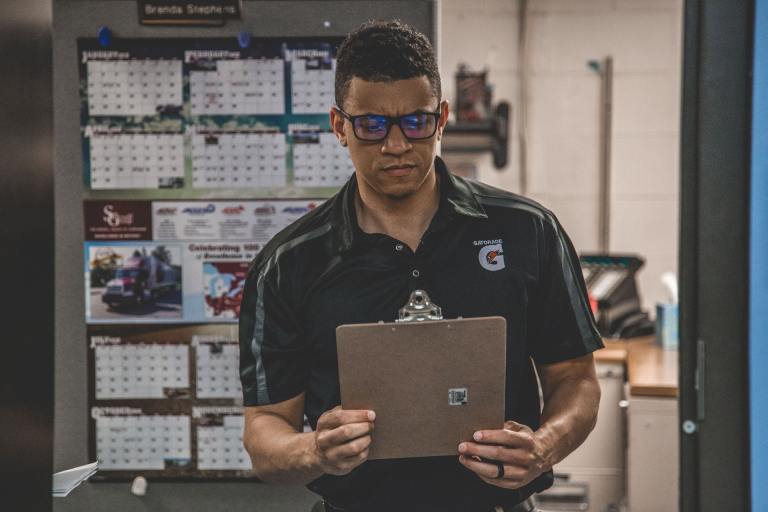ISO 18168:2015—Textile Floor Coverings

The earliest known example of a rug was discovered in an archeological dig in 1948 in the Altai Mountains in Siberia. It was discovered in the grave of the prince of Altai near Pazyryk, 5400 feet above sea level. The “Pazyrk carpet” dates back to the 5th century BCE and is sophisticated in its design and weaving techniques. The use of carpets thus dates back thousands of years. ISO 18168:2015—Textile Floor Coverings – Color Fastness To Shampooing details specifications for textile floor coverings.
What Is Textile Floor Covering?
Textile floor coverings are textiles like carpets meant to be used on floor surfaces. They include carpets, mats, rugs, and related materials that are secured to a floor via means of staples, tacks or glue, as well as removable area rugs. This flooring option appears and feels soft like a carpet but performs like a sheet vinyl wood. As such, it is a versatile material and can be used in a wide variety of environments—namely hospitals, higher education facilities, and gyms—where clean design is important but heavy wear and tear is likely. Moreover, many manufactures follow textile flooring standards such as ISO 18168:2015 to assure carpets and rugs are made of good quality and reliable materials.
What Is ISO 18168?
ISO 18168:2015 describes a method for determining the color fastness of textile floor coverings and yarns, loose fibers, and tufts extracted from textile floor coverings, to the action of a reference shampoo solution. The standard’s method involves a specimen of a textile floor covering, yarn, loose fiber or tuft, in contact with specified adjacent fabrics, being immersed under pressure in a shampoo solution buffered to a pH of (7,5 ± 0,2). The specimen and the adjacent fabric are dried separately. The change in color of the specimen and the staining of the adjacent fabrics are assessed using the grey scales.
Carpets were Used as a form of Communication
In ancient cultures in Iran, Armenia, Egypt, and India, traditional oriental carpets and rugs were often used to communicate via the use of symbols and motifs woven in the rug’s design. Oriental rugs were adorned with religious symbols and patterns to convey certain messages or specific themes to those who were familiar with their cultural significance. Because carpets embody powerful symbols, they functioned as filters that enhanced a suspension of reality. They mark a “sacred” spot in a house, represent the Garden of Eden, or delimit a holy ground for prayer. Carpets have long been embedded with “magic”: from One Thousand and One Nights, Solomon’s green silk carpet, the Russian folk tales of Ivan the Fool, Mark Twain’s Captain Starfield’s Visit to Heaven, and to the “flying carpet”— a common trope in legends, myths, and religions.
Origin of the Magical Flying Carpet
The history of magical flying carpets is deeply rooted in the folklore and mythology of various cultures, particularly in Middle Eastern and Central Asian. These enchanting and iconic magic carpets have captivated the imagination for centuries. Most people attribute the history of the magical flying carpet to the original stories of One Thousand and One Nights: a collection of complex and evolving work from different authors and cultures over many centuries. However, there is no mention of such a carpet in the Galland manuscript, which is considered one of the earliest and most well-known versions of the collection. The concept of the flying carpet and the famous stories associated with it, such as Aladdin and the Magic Lamp, were later additions made by Antoine Galland himself when he translated and compiled the stories. Galland incorporated various elements and motifs from his own imagination and other sources, including the concept of the magical carpet.
What Is the Fabric of Carpet Called?
The basic material in a carpet is fiber, which is either manmade/synthetic (nylon, polyester, polypropylene/Olefin, acrylics) or natural (wool, sisal). The most common type of carpet fibers are nylon, polyester, polypropylene, acrylic, and wool. ISO 18168:2015 details a list of test specimens, such as cotton, wool, silk, viscose, linen and acetate, in the form of tufts extracted from a textile to be used in testing. Carpets are made by looping the fiber yarns through the backing material (i.e., the carpet pad)—just like how a button is sewn onto a shirt. These loops of fiber can then be left either intact or cut at various angles and lengths.
The carpet pile (also called “nap”) refers to how the loops of fiber are attached to the carpet backing. The pile is the visible surface of a carpet and consists of fiber tufts in loops that either cut or uncut. Both the basic material of the carpet fiber and the pile determine the comfort of the carpet, how it feels underfoot, and its wear characteristics.
ISO 18168:2015—Textile Floor Coverings – Color Fastness To Shampooing is available on the ANSI Webstore.






